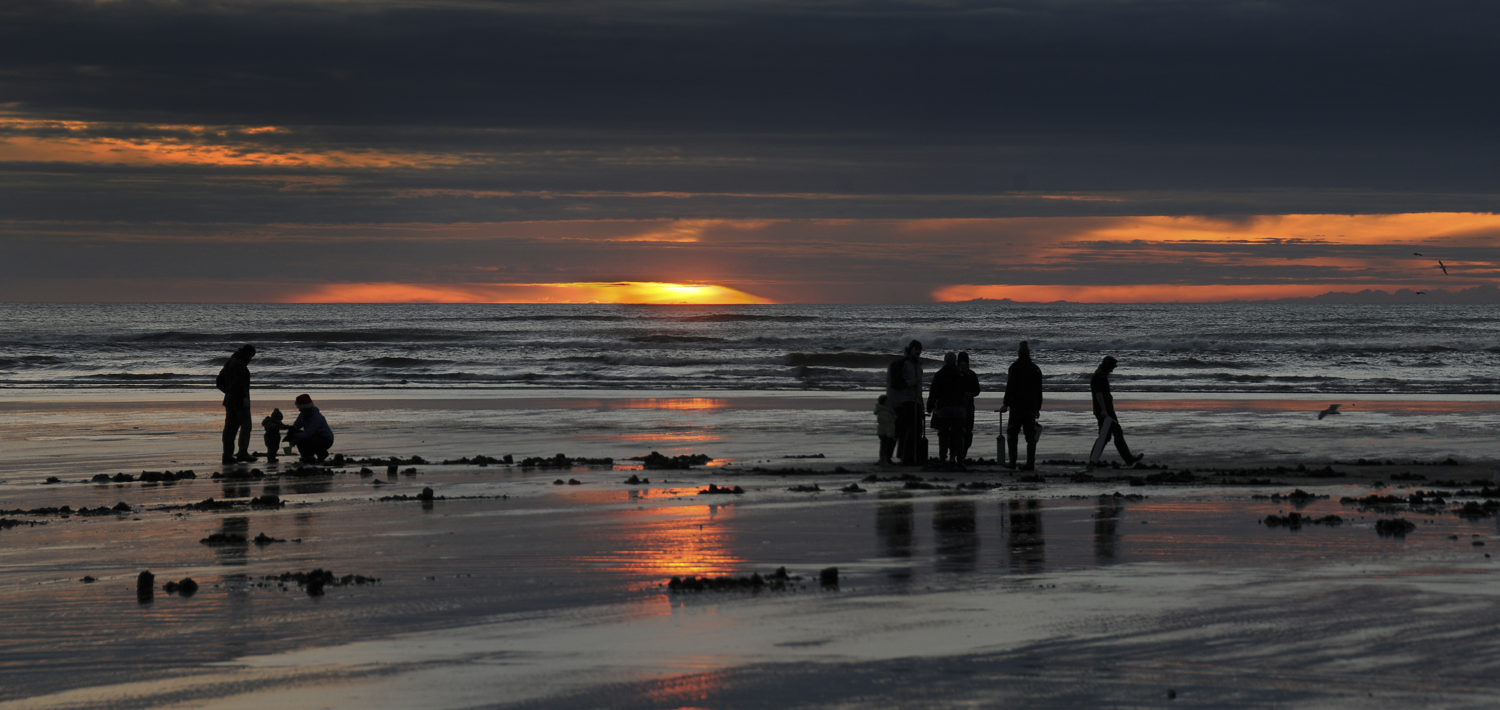
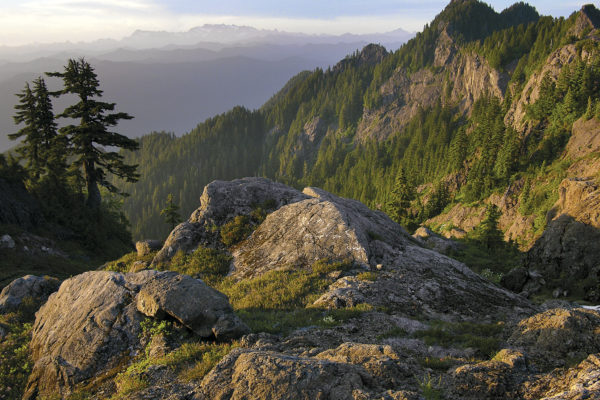
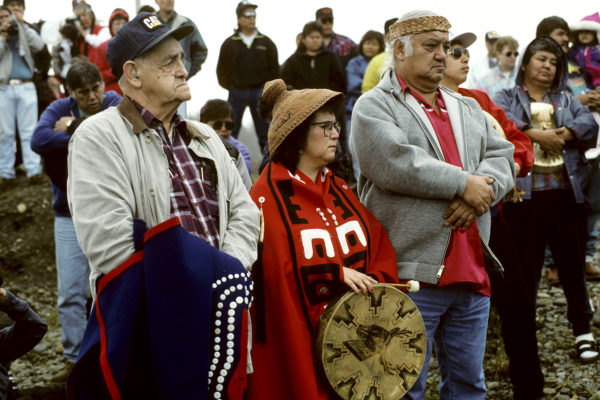
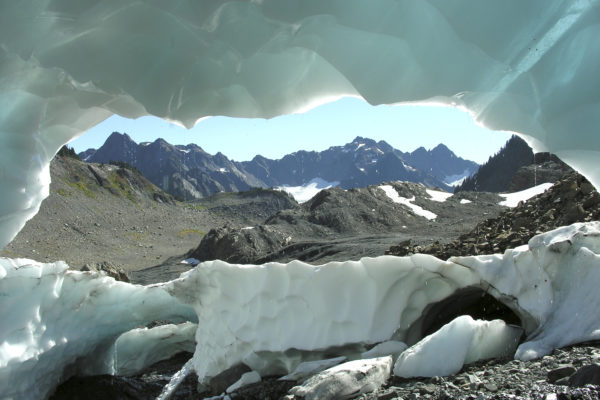
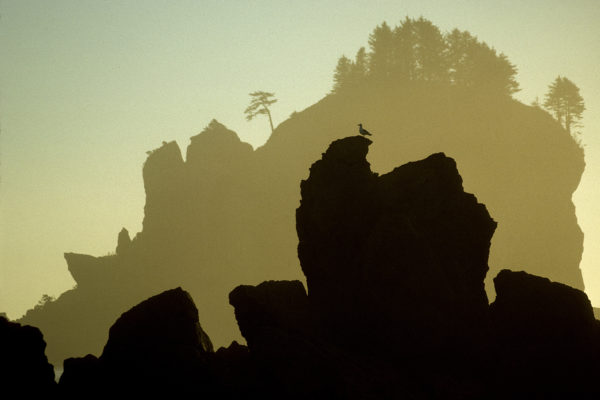
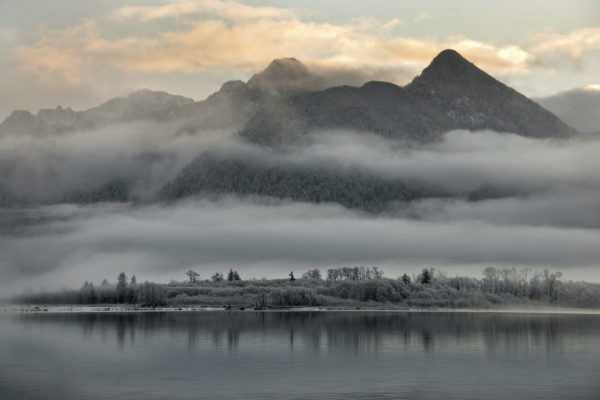

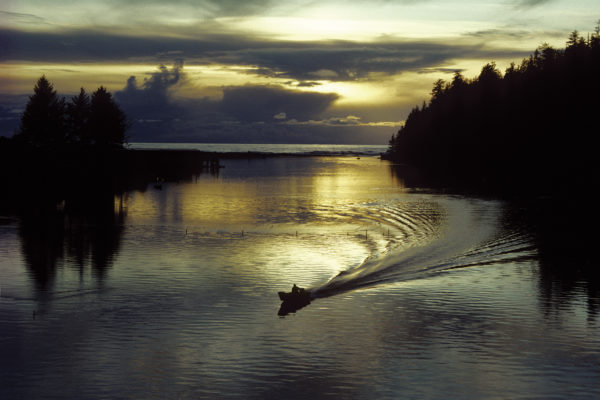
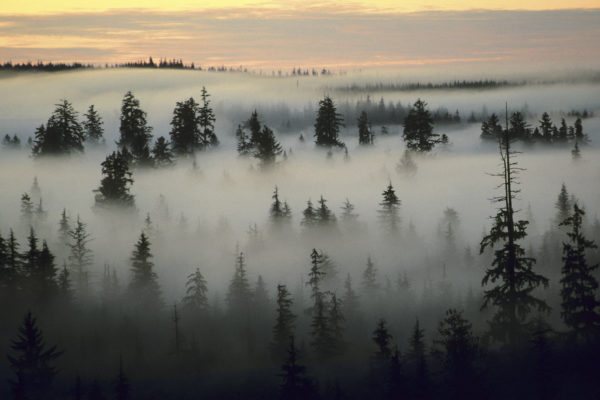
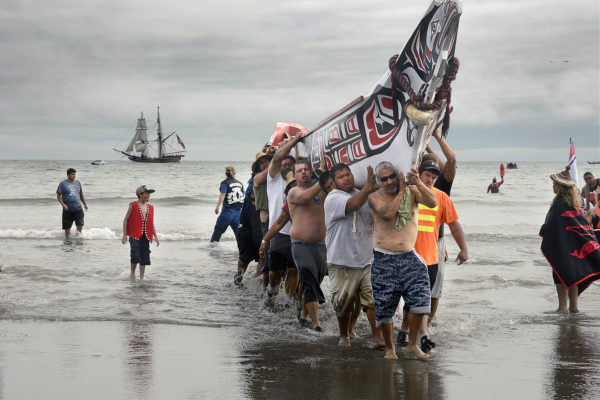
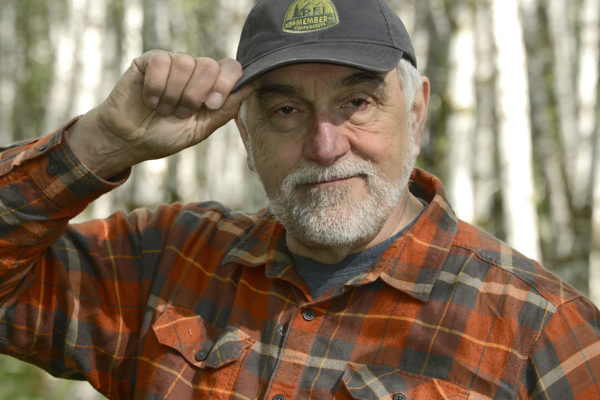
Larry Workman has been photographing the landscape of Grays Harbor and the Olympic Peninsula for more than 40 years. Besides their obvious value as art, his images provide a priceless record of the natural history of the Olympic Peninsula.
Workman’s path to the Peninsula really began in the early ‘70s with a desire to offer public service and experience a culture removed from his Indiana roots. That was nearly fulfilled with a stint in Vietnam. “I came within one number of being drafted,” said Workman. “I still wanted to do some service and have exposure to another culture, so I joined the Peace Corps.”
He carried with him a camera, a present from his parents upon graduation from Purdue University. His main job was helping with a reforestation program in the starving African nation of Ethiopia, and he found that the people and landscape teemed with subjects for his lens. “A Peace Corps term of service was two years then. I extended for a third year because I enjoyed living and working there.”
Upon returning to the states, after a brief stint with Indiana Fish and Wildlife, Workman found the career that would allow him to combine his photographic skills with his experience in forestry. The opportunity came in the form of a job listing in an issue of the Peace Corps Hotline, a publication detailing job and educational options for outgoing Peace Corps volunteers.
“There was a job opportunity listed for returned volunteers to work on the Quinault Resource Development Project as a forester. I applied for that position and was interviewed by Guy McMinds at the Indianapolis Airport.”
McMinds was an influential member of the Quinault Indian Nation who, along with championing Indian treaty rights, got the U.S. Dept. of Commerce to fund the organization of the Quinault Department of Natural Resources in the mid-60s. His decades of service to the tribe continued until his death in 2012.
“During the interview I showed him a portfolio of photos of the work I did in Ethiopia,” said Workman. “He gave me the job and said he wanted me to take photos of ‘everything related to natural resources.’”
That was in 1974, and Workman has fulfilled that mandate to a greater degree than McMinds could have imagined, capturing the natural beauty of the Olympic Peninsula, often going to extraordinary lengths to get the shot he wants. This is a man unafraid to get dirty and trek where others may fear to tred if it’s necessary to reach his subject.
Those subjects include every aspect of the natural world and tribal life on the Olympic Peninsula, geologic formations measured by eons, and years of high school senior classes measured by changing hair styles.
Workman is understated and practices his art in a remote part of the world, but his thousands of images have been seen and admired by photographers and photography devotees around the world.
His main platform for displaying photos has been a website called panoramio.com. He has posted almost 6,000 images on the site and his photos have received more than 25 million views. That’s not a misprint. People from all over the world view his photos of the Peninsula and leave comments.
“I do appreciate when a single photographer like Larry is able to devote much of his work to a particular geographic region, as that work over time inevitably reveals changes to both the built and natural landscape,” said John Larson, Director of the Polson Museum.
“Larry Workman’s photography is top notch and he has documented remote areas that are seldom seen even by members of the Quinault tribe. I do hope that he has intentions to archive his work in a publicly-accessible institution as such images are bound to be appreciated and studied for generations to come.”
“His work is superior,” said Fawn Sharp, President of the Quinault Indian Nation. “The images he captures truly capture the great beauty of our land and contribute immensely to the education and historic archiving we all deeply appreciate. Larry is one of a kind and is a huge asset to the Quinault Nation.”
Larry Workman manages the Quinault Nation’s Centralized Communications Programs, produces the annual calendar for the Quinault Nation and is the associate editor of The Nugguam, the tribe’s monthly publication.
He has authored two books, including “Land of trees: Scannings from Quinault country, the Grays Harbor region, and beyond, 1774-1997,” and shares his thousands of photos on the website Panoramio; visit panoramio.com/user/765658 to see them.